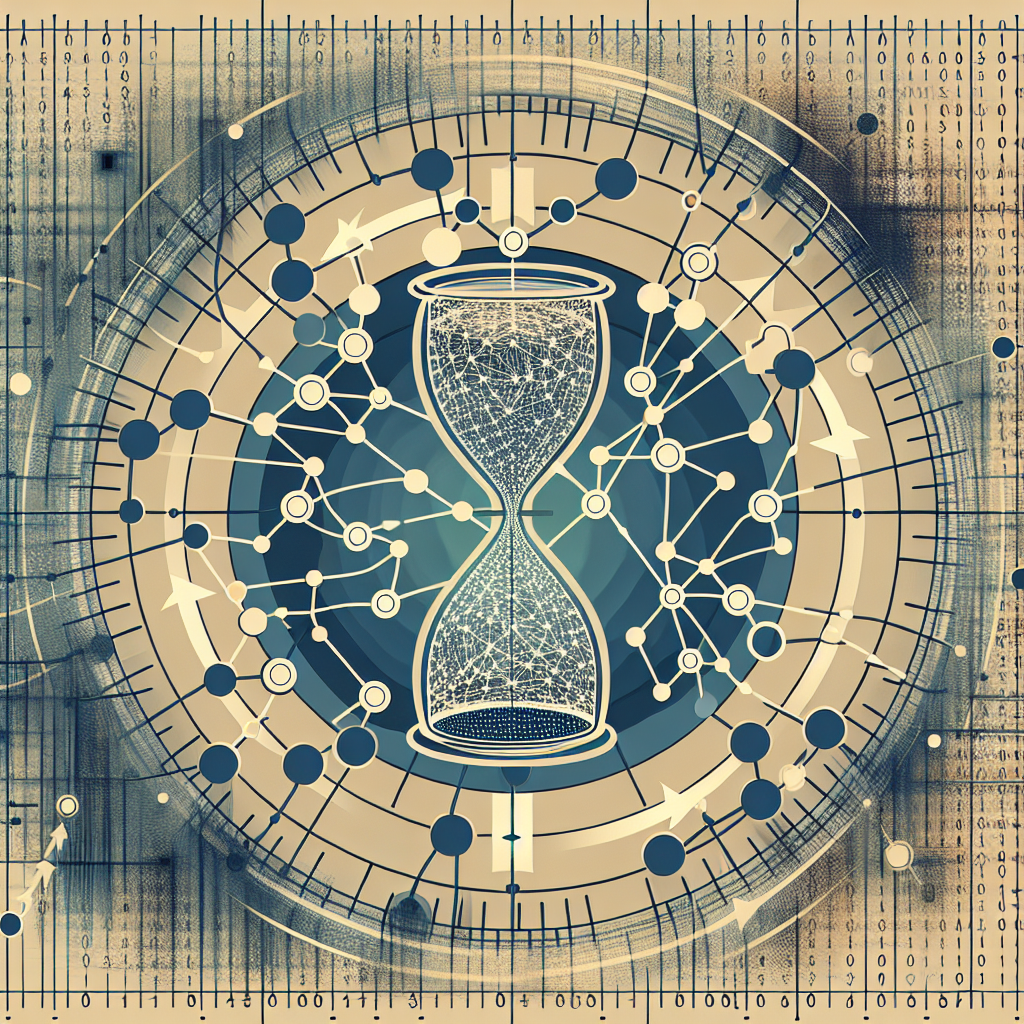Your cart is currently empty!
Training Recurrent Neural Networks for Time Series Forecasting

Recurrent Neural Networks (RNNs) have gained popularity in recent years for their ability to effectively model sequential data, making them particularly well-suited for time series forecasting tasks. Training RNNs for time series forecasting involves several key steps that must be carefully considered to ensure optimal performance and accuracy.
The first step in training an RNN for time series forecasting is to prepare the data. Time series data typically consists of a sequence of observations recorded at regular intervals over time. This data must be preprocessed and formatted in a way that the RNN can effectively learn patterns and make accurate predictions. This may involve normalizing the data, splitting it into training and testing sets, and creating input-output pairs for the model to learn from.
Once the data is prepared, the next step is to choose an appropriate RNN architecture. There are several types of RNNs that can be used for time series forecasting, including basic RNNs, Long Short-Term Memory (LSTM) networks, and Gated Recurrent Unit (GRU) networks. Each type of RNN has its own advantages and disadvantages, so it is important to select the architecture that best suits the specific forecasting task at hand.
After selecting an RNN architecture, the model must be trained using the training data. During training, the RNN learns to make predictions based on the input data and adjust its weights and biases to minimize the error between the predicted and actual values. This process typically involves feeding the input data into the RNN, calculating the loss between the predicted and actual values, and updating the model parameters using an optimization algorithm such as gradient descent.
It is important to monitor the training process and evaluate the model’s performance regularly to ensure that it is learning effectively and making accurate predictions. This may involve tracking metrics such as loss, accuracy, and validation error, and adjusting the model’s hyperparameters as needed to improve performance.
Once the RNN has been trained and evaluated, it can be used to make predictions on new, unseen data. The model takes the input time series data and generates forecasts for future time steps based on the patterns it has learned during training. These forecasts can be evaluated using metrics such as mean squared error or mean absolute error to assess the accuracy of the model’s predictions.
In conclusion, training RNNs for time series forecasting involves several key steps, including data preparation, selecting an appropriate architecture, training the model, monitoring performance, and evaluating predictions. By following these steps carefully and optimizing the model’s hyperparameters, it is possible to build an effective RNN that can accurately forecast future values in time series data.
#Training #Recurrent #Neural #Networks #Time #Series #Forecasting,rnn

Leave a Reply